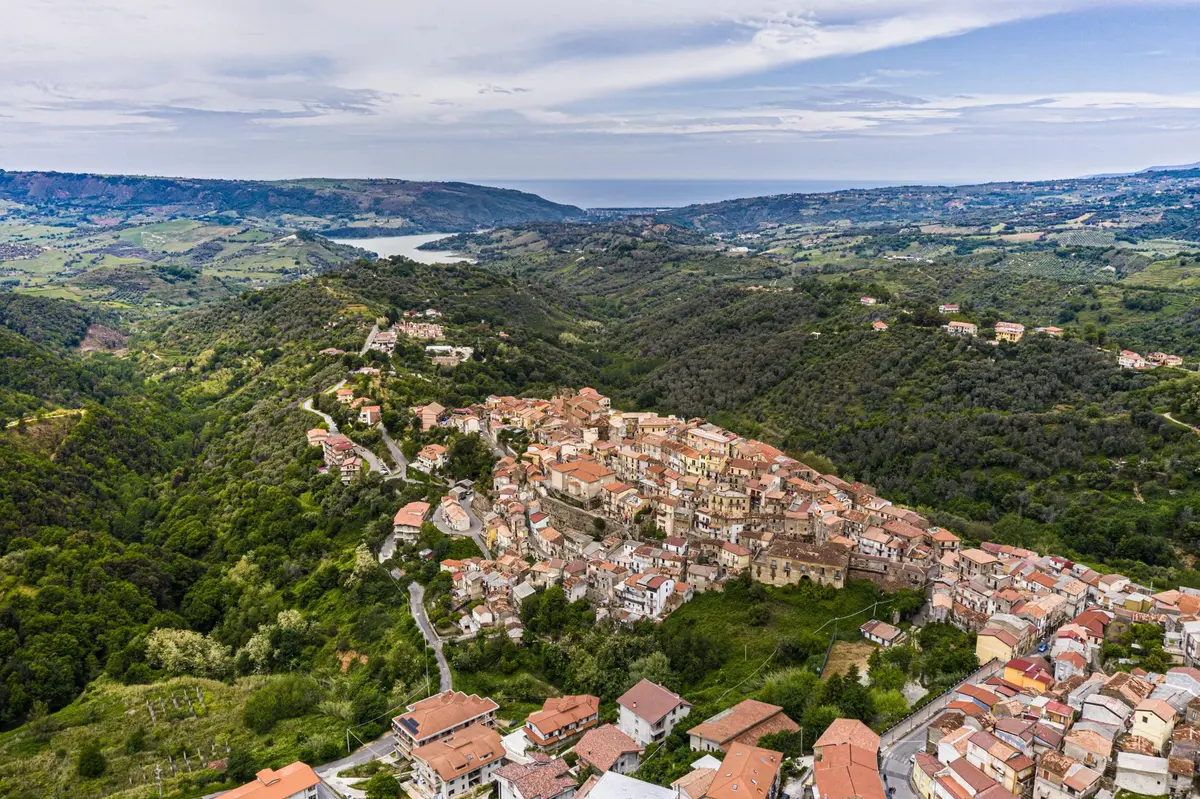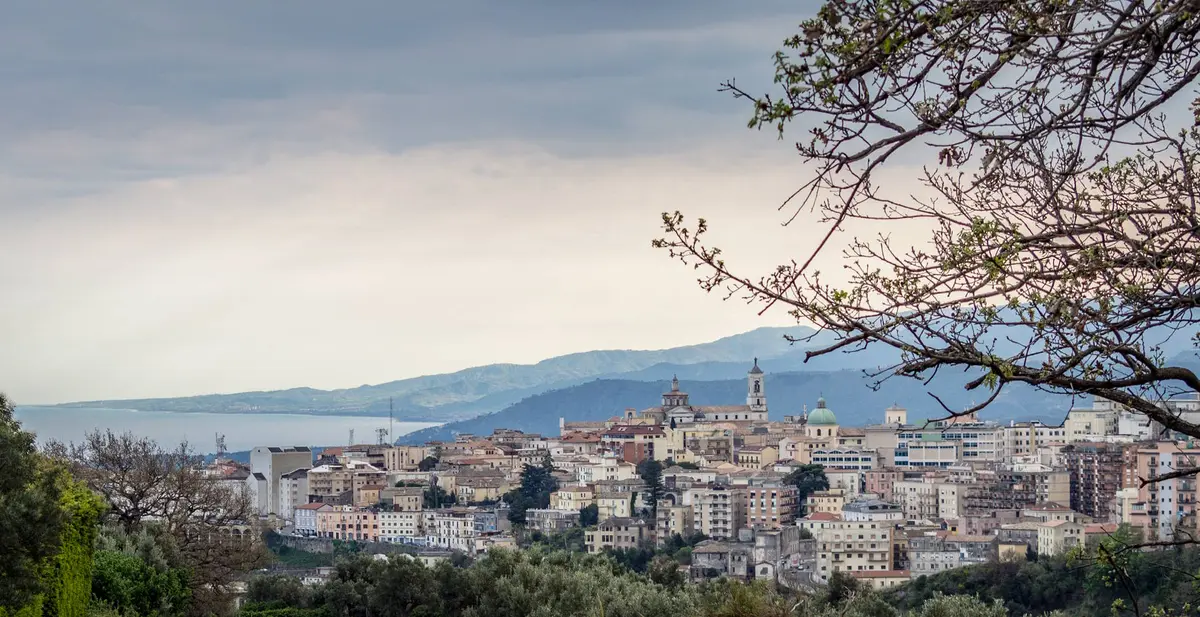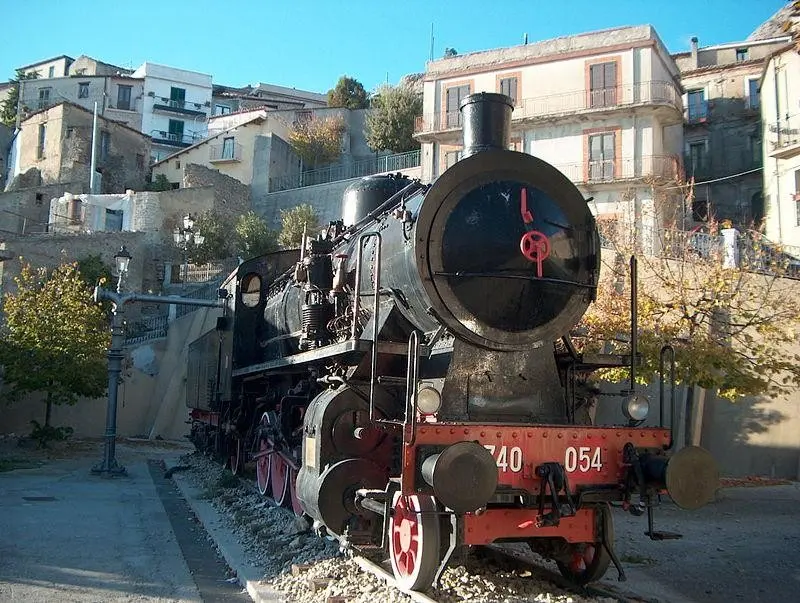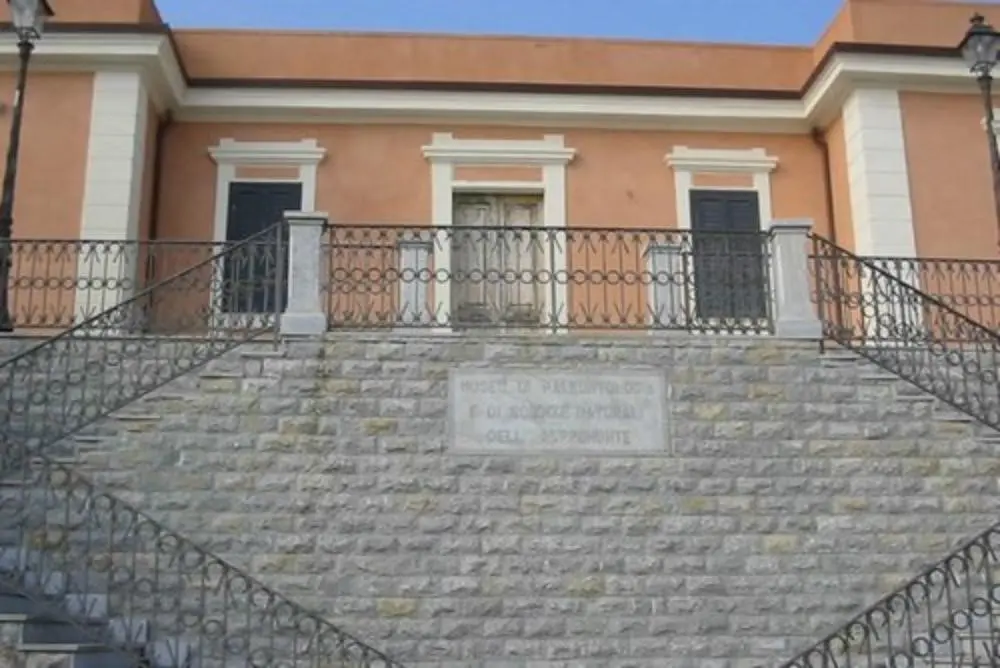Visit to the village of Bova, among the Most Beautiful Villages in Italy
In the village of Bova, the small Greek capital of Calabria
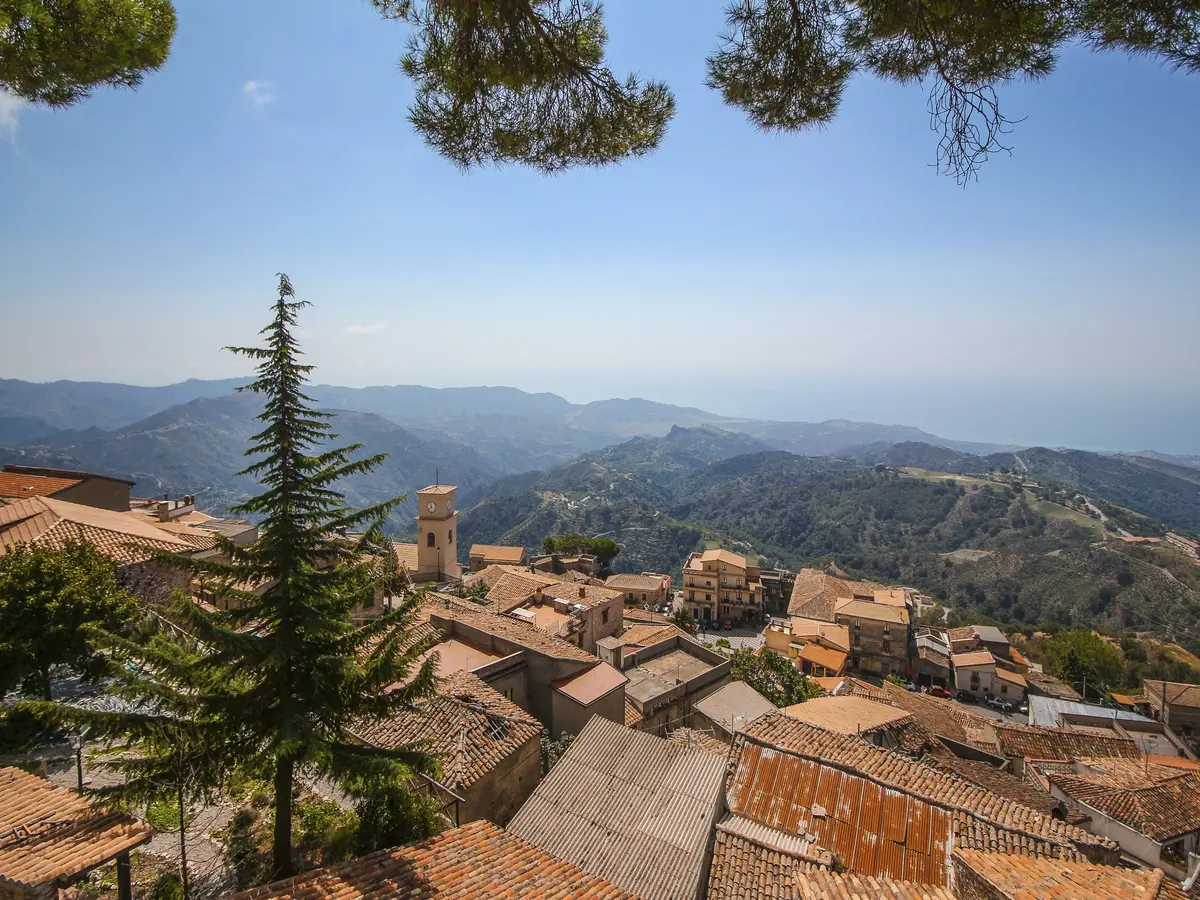
Art and Culture
Regione Calabria
Have you ever visited the small capital of Greek culture in Calabria? It is Bova, in the province of Reggio Calabria, among The Most Beautiful Villages in Italy.
Chòra tu Vùa, in the Greek language of Calabria (or more simply Vùa), is the beating heart of the Grecanica community, which counts about 13,000 inhabitants spread over the 15 municipalities that fall within the so-called Bovesìa, the territory that gravitates around the village of Bova. The historic centre of Bova (sometimes erroneously called Bova "Superiore") clings to a striking natural cliff at the foot of the Aspromonte National Park, to which it provides immediate access.
From Bova you can reach the small Greek-speaking towns of Roghudi Vecchio, a delightful "ghost town", and Roccaforte del Greco.
Bova, among the Most Beautiful Villages in Italy
Set on its Aspromonte cliff, the village of Bova seems suspended in time, amid ancient Greek-Oriental divinities and legends that would have it founded by a mysterious Armenian queen. The classical echo reverberates in the language of its inhabitants, part of the Greek community of Calabria, in the typical products, such as the tasty lestopitta (flatbread without yeast), strolling through the village streets, among noble palaces and panoramic views. Let's discover together what to see in Bova, starting with the iconic steam locomotive that greets us at the entrance, a tribute to the Ferrovieri d'Italia, to whom the square of the same name is dedicated.
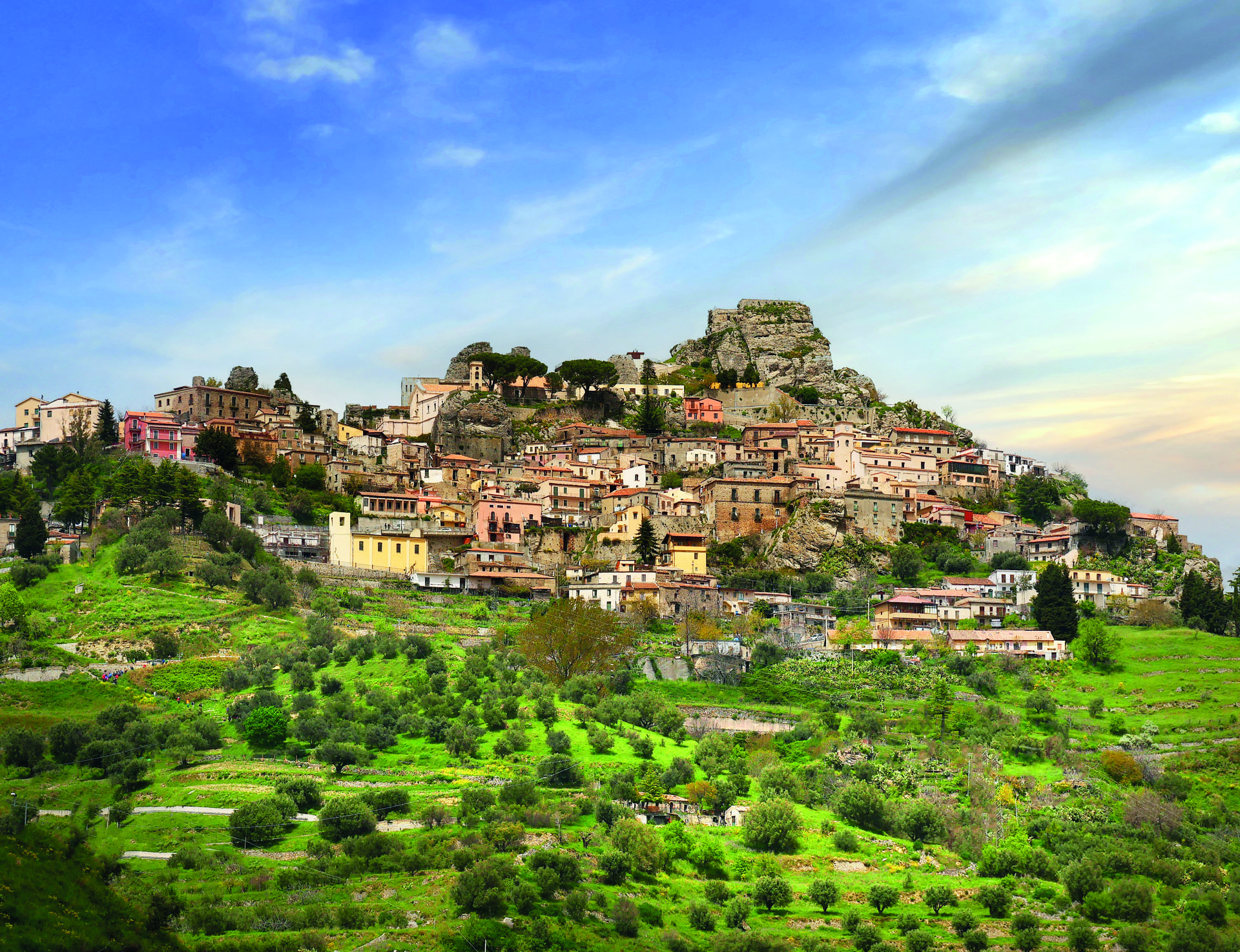
Like many towns in Calabria, Bova was besieged by the Saracens in the 9th century and equipped with a series of fortifications that can still be admired today. Access to the village of Bova was through two turreted gates (Norman Tower). Going up the alleys, one reached the acropolis, on which the main buildings still stand today: the Cathedral, the Bishop's Palace and other noble palaces, up to the ruins of the Norman Castle, which stands atop a rocky spur.
Other jewels to be admired in the village of Bova are the Church of San Leo, with its Chapel of Relics; the Churches of the Carmine and Immaculate Conception and the details sculpted on the façades of the numerous noble palaces, the work of local stonemasons (Mesiani-Mazzacuva Palace, Nesci Sant'Agata Palace and Tuscano Palace, to name the most monumental). One of the gems not to be missed is the Trail of Peasant Civilisation, an open-air museum winding through the alleyways. Here you will encounter original work tools and interesting evidence of the agro-pastoral civilisation that has resisted despite invasions, earthquakes, emigration and modernity.
If you want to delve into the folklore of the "Greeks of Calabria", from the language to the rituals, you absolutely must visit the "Gherard Rohlfs" Museum of the Greek-Calabrian Language, named after the German philologist who was the first to take an interest in the recovery of this original local idiom (a mixture of archaic Greek, Latinisms and Calabrian dialect).
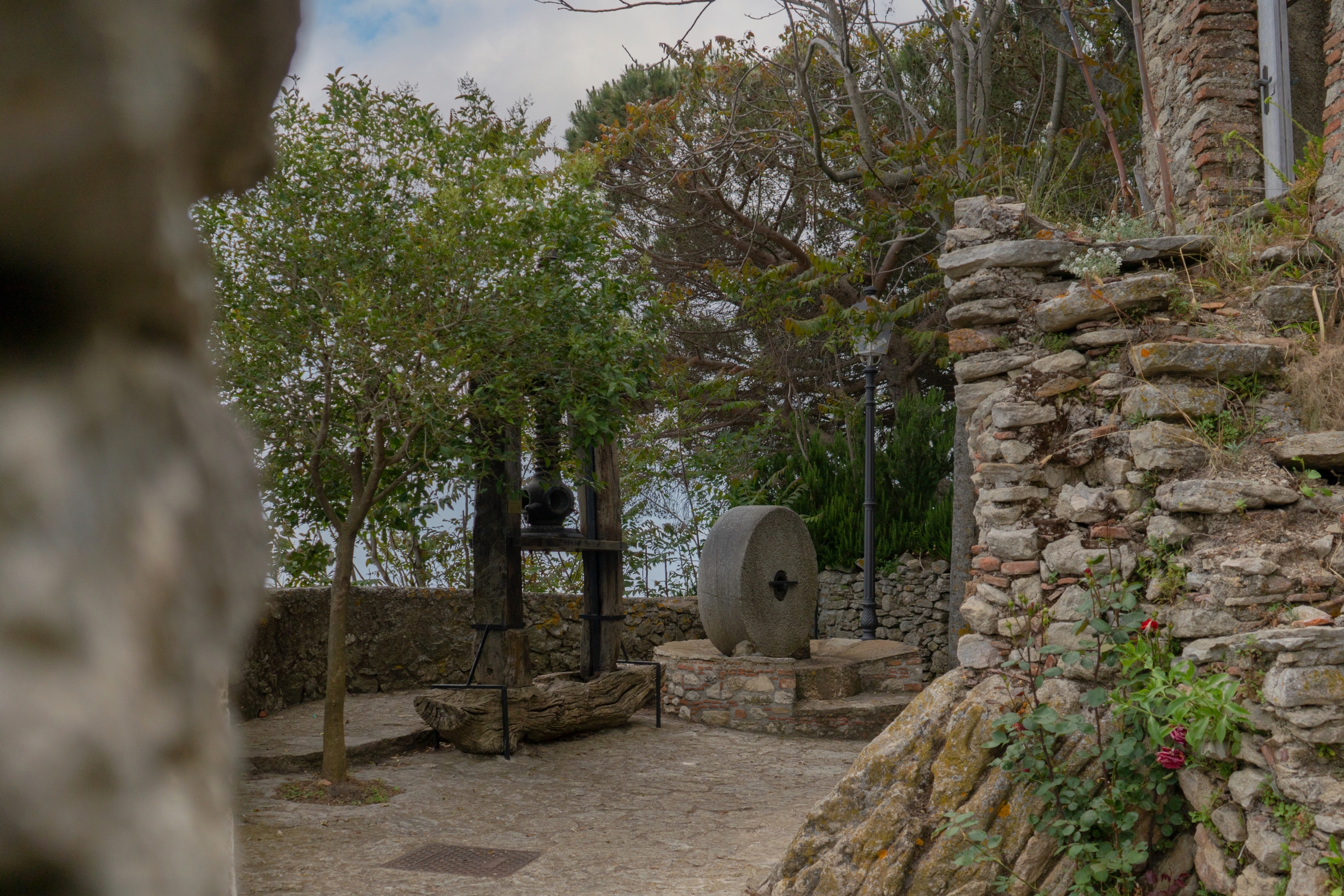
The best times to visit Bova (Calabria)? In spring and summer, i.e. during two very popular events. The first, suspended between the sacred and the profane, takes place in the village of Bova on Palm Sunday, when the highly original procession of the Persephones of Bova (Chòra tu Vùa, or Puppets) takes place. The Persephones refer to Greek mythology, in particular the legend of Persephone's descent to the underworld, a myth of rebirth juxtaposed with Christian Easter. The second event not to be missed is the "Festival Paleariza", in August. A "must" of Greek folklore linked to music and traditional instruments from the East, such as the lyre and accordion, evocative of agro-pastoral life and its symbols.
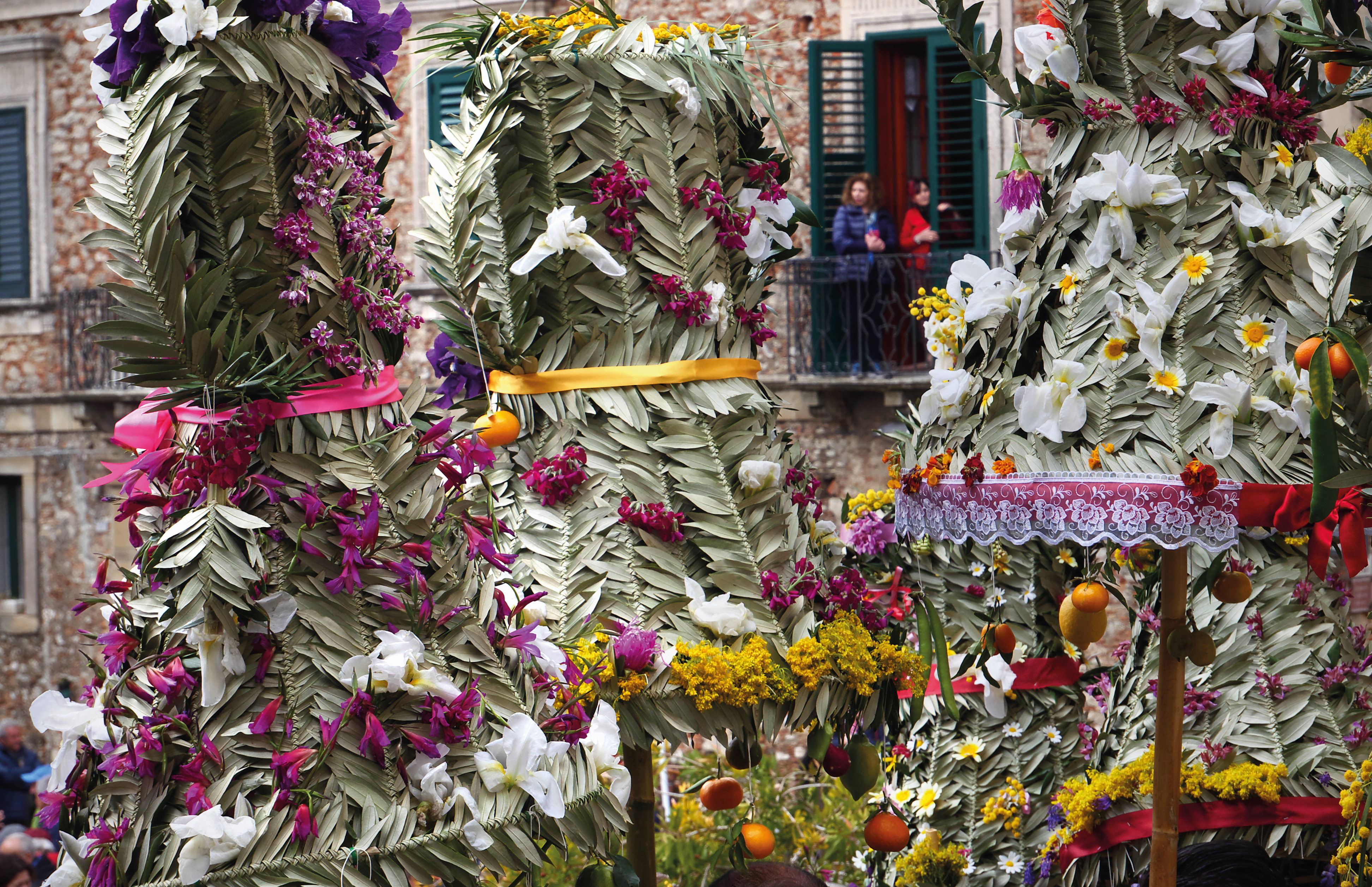
What to see around Bova
Not to be confused with Bova ("Superiore"), the self-contained municipality of Bova Marina (RC), along the Ionian coast, is the closest seaside resort to reach if you want to take a dip in this beautiful riviera. Bova Marina (also known improperly as Marina di Bova) offers a Green Flag beach, child-friendly, dotted with panoramic views, such as the path among the rocks leading to the chapel with the statue of the Madonna del Mare.
For those interested in archaeology and Judaism in Calabria, we recommend a visit to the remains of the Bova Marina Synagogue, one of the oldest in the Mediterranean. Discovered in the 1980s, the synagogue is dated between the 4th and 5th centuries and features a beautiful floor mosaic depicting a menorah (the traditional 7-branched Jewish candelabrum) flanked by other symbols. A visit to the synagogue, within the ArcheoDeri Archaeological Park, also includes the MArRc, the museum that exhibits additional artefacts and works of art.
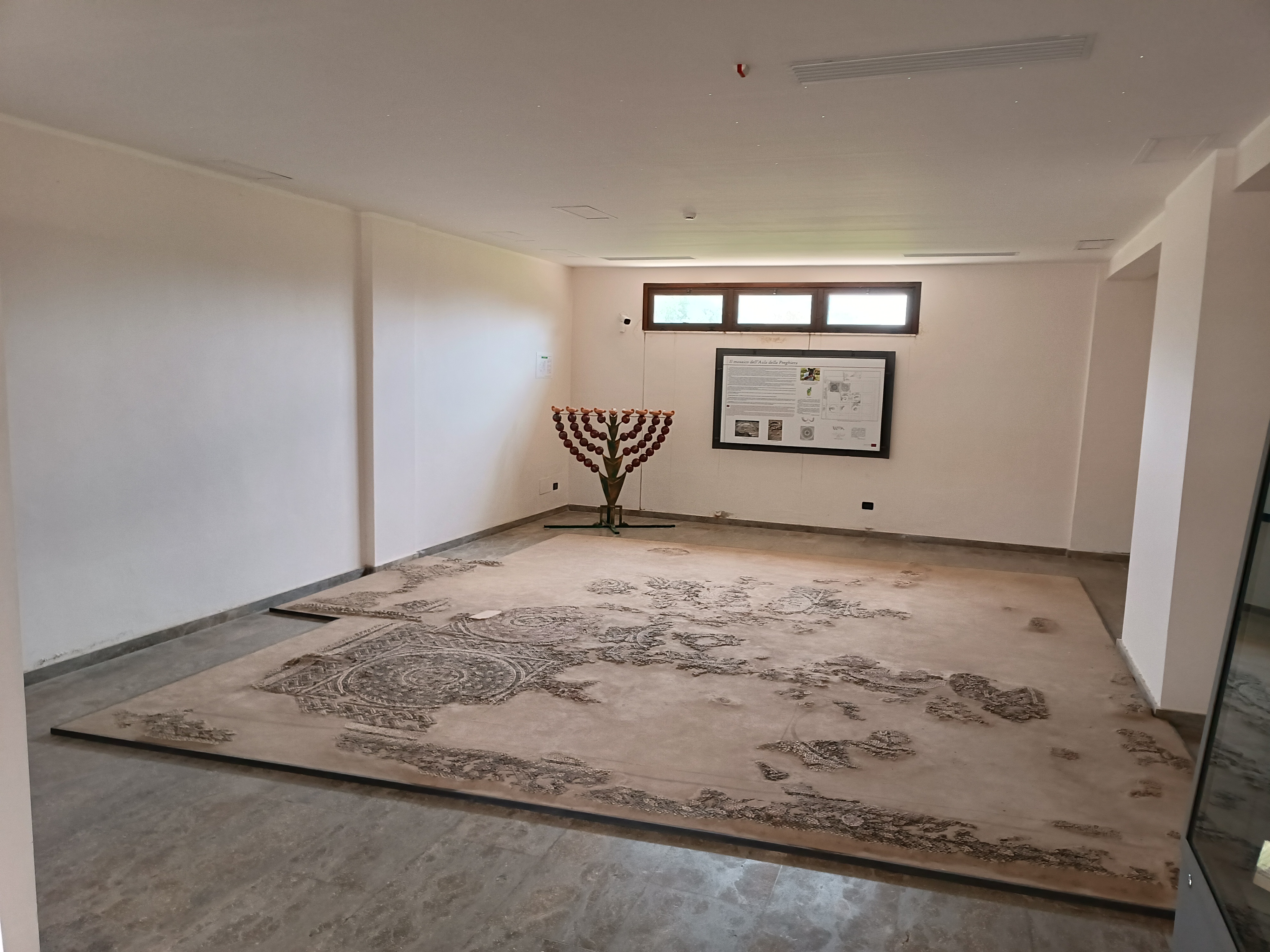
"A Different Tale" exhibition: Bova
The exhibition ‘’A Different Tale‘’ represents a unique cultural project, designed to enhance some of Calabria's most fascinating villages through the art of illustration. Sixteen talented Calabrian authors have reinterpreted places, stories and popular traditions linked to these villages, creating modern works full of personality.
Presented in Melbourne and New York in October 2024, the exhibition celebrates Calabrian identity in a dialogue between tradition and innovation, involving an international audience.
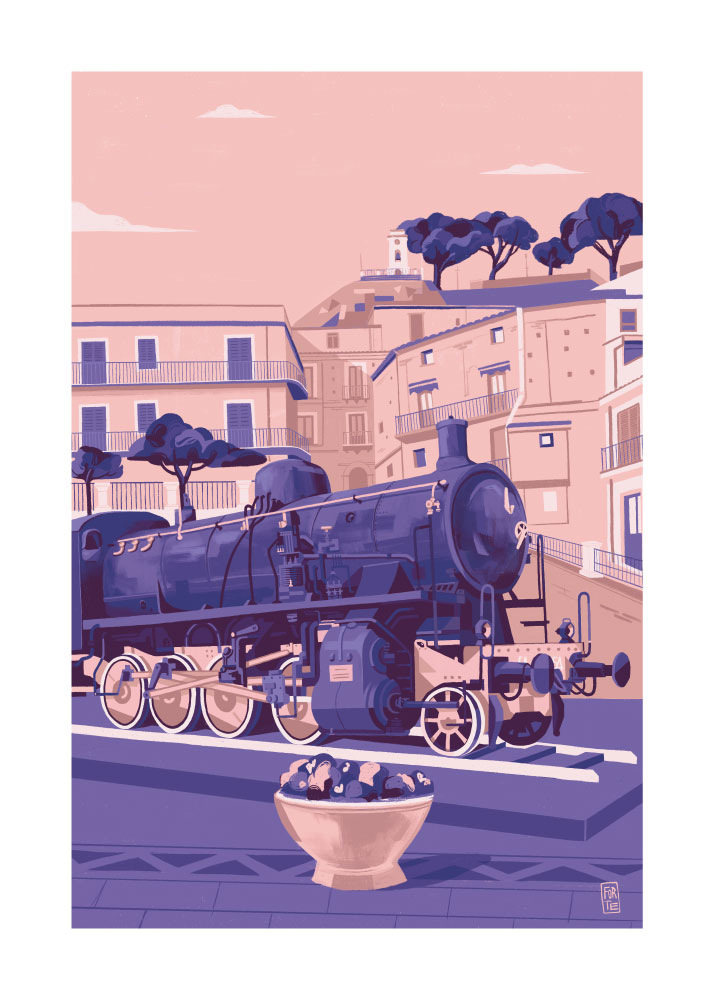
Riccardo Forte created the illustration dedicated to the village of Bova (RC). Born in Palmi, he is a graphic designer and illustrator who draws inspiration from his strong ties with his land. A graduate of the Academy of Fine Arts in Reggio Calabria, he has collaborated with festivals and initiatives aimed at enhancing Calabrian heritage, exploring landscapes, folklore and traditions.
Versatile and always on the lookout for new challenges, he moves between music, fashion and cinema, with experience also alongside the Manetti Bros. He alternates digital techniques with handcrafted ones, such as silk-screen printing and spraying, convinced that art can tell and preserve the beauty of the world.
https://calabriastraordinaria.it/en/news/visit-to-the-village-of-bova-among-the-most-beautiful-villages-in-italy

